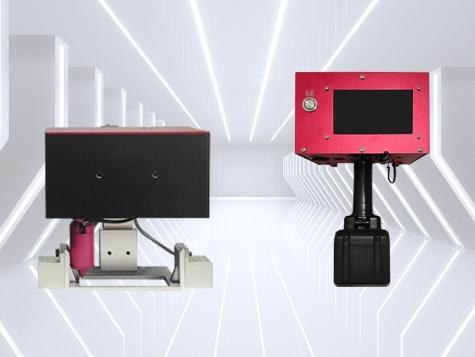Electric dot peen marking is a versatile technique used to mark various materials and surfaces. However, achieving optimal results requires careful consideration of factors such as material hardness, surface finish, and marking depth. This blog post will explore strategies for optimizing electric dot peen marking for different materials and surfaces.
Understanding Material Hardness
Hard Materials: For harder materials like metals, ceramics, and hardened plastics, use a harder marking pin and apply higher marking force. This ensures that the pin can penetrate the material and create a legible mark.
Soft Materials: For softer materials like aluminum, brass, and unhardened plastics, use a softer marking pin and lower marking force to avoid indentation or damage.
Considering Surface Finish
Rough Surfaces: For rough surfaces, increase the marking force and use a marking pin with a larger tip diameter. This helps to penetrate the surface irregularities and create a clear mark.
Smooth Surfaces: For smooth surfaces, use a smaller tip diameter and lower marking force to prevent excessive pin wear and ensure a clean mark.
Adjusting Marking Depth
Shallow Marks: For shallow marks, use a lower marking force and fewer marking strokes. This is suitable for applications where the mark should be visible but not too deep.
Deep Marks: For deep marks, use a higher marking force and more marking strokes. This is necessary for applications where the mark needs to be durable and resistant to abrasion.
Other Considerations
Pin Material: The material of the marking pin can also affect the marking quality. For example, carbide pins are harder and more durable, suitable for marking harder materials.
Marking Speed: The marking speed can influence the mark quality. Slower speeds generally produce higher-quality marks, but faster speeds may be necessary for high-volume production.
Mark Orientation: The orientation of the mark can impact its legibility. Consider the viewing angle and ensure that the characters are easy to read.
Optimizing for Specific Materials
Metals: Use harder marking pins and higher marking force for metals like steel, stainless steel, and cast iron. Consider the hardness of the metal and adjust the parameters accordingly.
Plastics: For plastics, choose a marking pin material that is compatible with the plastic type. Adjust the marking force and speed based on the plastic's hardness and surface finish.
Ceramics: Use harder marking pins and higher marking force for ceramics. Ensure that the marking pin is compatible with the ceramic material to avoid damage.
By carefully considering these factors and adjusting the marking parameters accordingly, you can optimize electric dot peen marking for various materials and surfaces. This will ensure that your marks are legible, durable, and meet your specific requirements.



